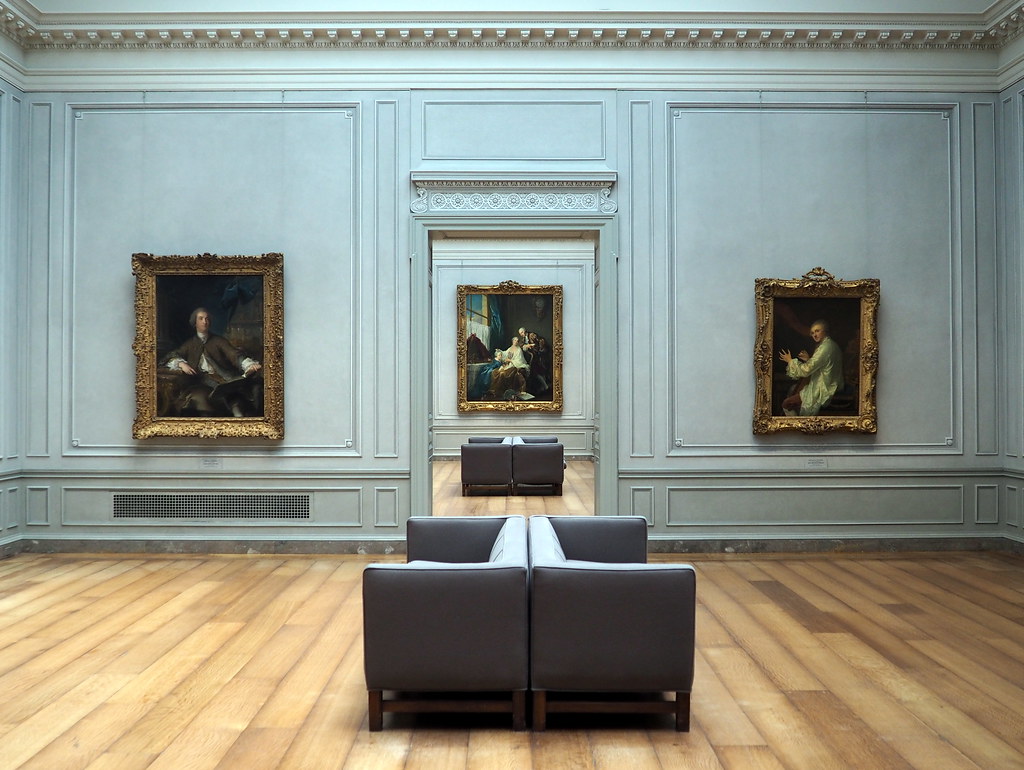Recently Updated Blogs
If you’re currently in year 10 or 11 and considering an application to Oxford or Cambridge, you’ll probably want to think ahead about your choice of A-levels to make sure that your choices will serve you well in making a strong application. Whether you’ve already chosen a university path or…
Why You Should Start Planning Your Child’s Application to Oxford or Cambridge in Year 11 Year 11 is a pivotal time: students are taking their GCSE exams, getting ready for Sixth Form, making choices for their future, and forming habits that will shape their path forward. With the right guidance,…
Why You Should Start Planning Your Child’s Application to Oxford or Cambridge in Year 10 By Year 10, students are beginning to see how their daily habits and academic choices influence their future opportunities. As a parent, this is an ideal time to help your child turn curiosity into focus…
Why You Should Start Planning Your Child’s Application to Oxford or Cambridge in Year 9 For many, Year 9 can feel a little early to start thinking about university. In our 25 years of experience, however, we have found that Year 9 marks the point when students start developing greater…
Oxford Interview Timetable for December 2025 If you’ve applied to Oxford University this cycle, you’ll be eager to find out not just whether you’re invited to interview, but also when these interviews are likely to take place! Whilst we (unfortunately) can’t let you know the success of your shortlisting, we…




